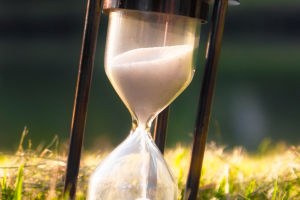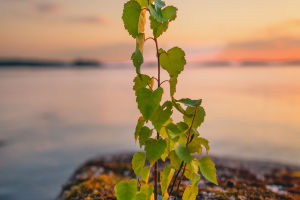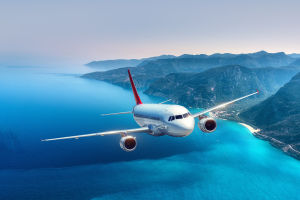Reflective photography, also known as mirror photography, can be classified as a part of abstract photography art.
Photos capturing reflections in water are favored by many, but capturing reflection photos is not easy, especially on water surfaces, as it requires manual camera settings.
Additionally, several considerations need to be taken into account to capture stunning reflections on water. In this article, we've compiled some tips for water reflection photography to help you capture better reflection photos.
1. Preparation Before Shooting
Before shooting, consider the composition of the image and pay attention to the content reflected in the water. Great subjects for reflection in water include forest landscapes, city skylines with lights at night, mountains, birds, and waterfalls.
When considering the quality of the reflected image in the water, calm water is a key parameter. Calm lakes and rivers are good places to capture stunning water reflection photos. Even puddles of water found on streets after rain can provide excellent opportunities to capture wonderful reflection photos.
Close-up shots of birds, reeds, or other grasses protruding from the water surface and their reflections in the water can easily provide unique subjects for water reflection photography.
2. Photography Reflection Accessories
To capture beautiful reflection effects, auxiliary equipment is indispensable. The following accessories will assist in shooting:
2.1. Wide-angle lens:
Wide-angle lenses have a larger field of view, accommodating more scenery. Whether capturing the continuous feeling of mountain ranges or reflections, wide-angle lenses produce excellent results. While other lenses also produce good results, using a wide-angle lens is recommended due to its broader perspective.
2.2. Use of filters:
To capture good water surface reflections, polarizing filters, gradient filters, and neutral density filters are quite practical.
Polarizing filters reduce water surface glare, gradient filters reduce light contrast, and neutral density filters are particularly effective for long exposures. When shooting water reflections, excessive sunlight can lead to overexposed areas in the image, making shooting difficult. Utilizing these three filters can effectively solve this problem.
2.3. Tripod:
Tripods are typically used for landscape shots that require still water. For a clear water reflection, you'll need to keep the shutter open for a longer time, which requires a tripod and a shutter release cable.
3. Shoot During the Golden Hour
As a general photography rule, you should avoid shooting water reflections in bright sunlight, as it can cause glare and harsh shadows from the sun. Instead, try shooting during the golden hour (shortly after sunrise and before sunset), when you're more likely to capture better water reflection photos.
4. Shooting Angle
When shooting landscapes, water often forms precise mirrors with the land elements above it. Therefore, level and elevate the camera until you achieve overlap on both surfaces.
5. Aperture
To present detail and stronger reflections while providing sufficient depth of field to maintain focus throughout, smaller apertures must be used. You can also use f/11 or around f/11 for landscape shots, or f/5.6 for smaller objects and areas.
Sometimes, we don't need to fixate on shooting certain subjects; it's important to discover the beauty around us. If reflection shots are not feasible, you can opt to capture beautiful landscapes instead. Beauty is often present, but we don't always notice it.


